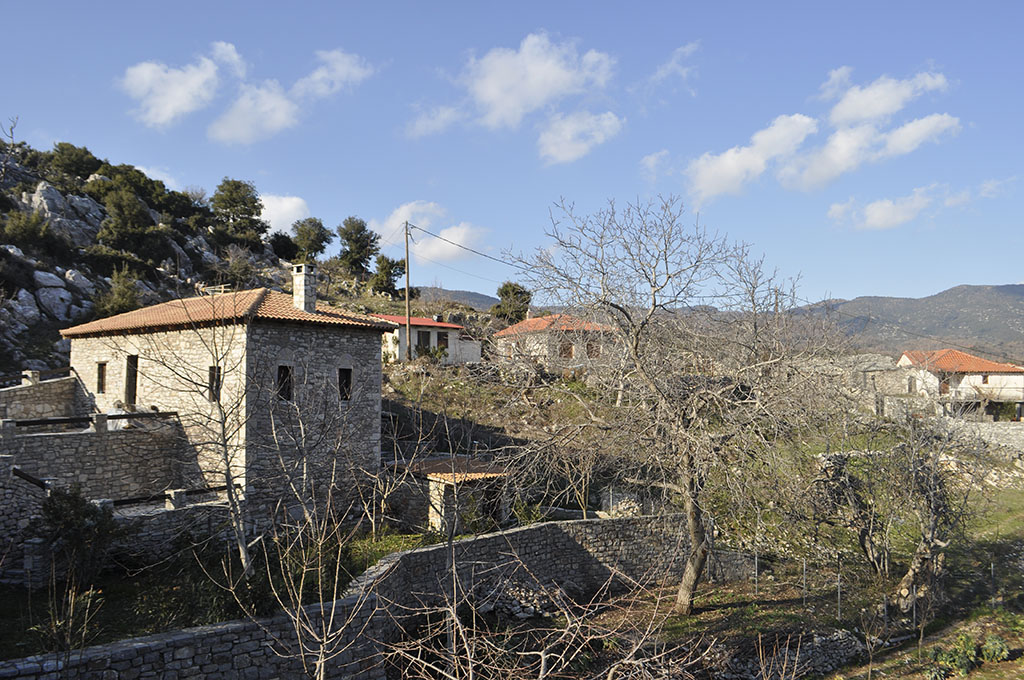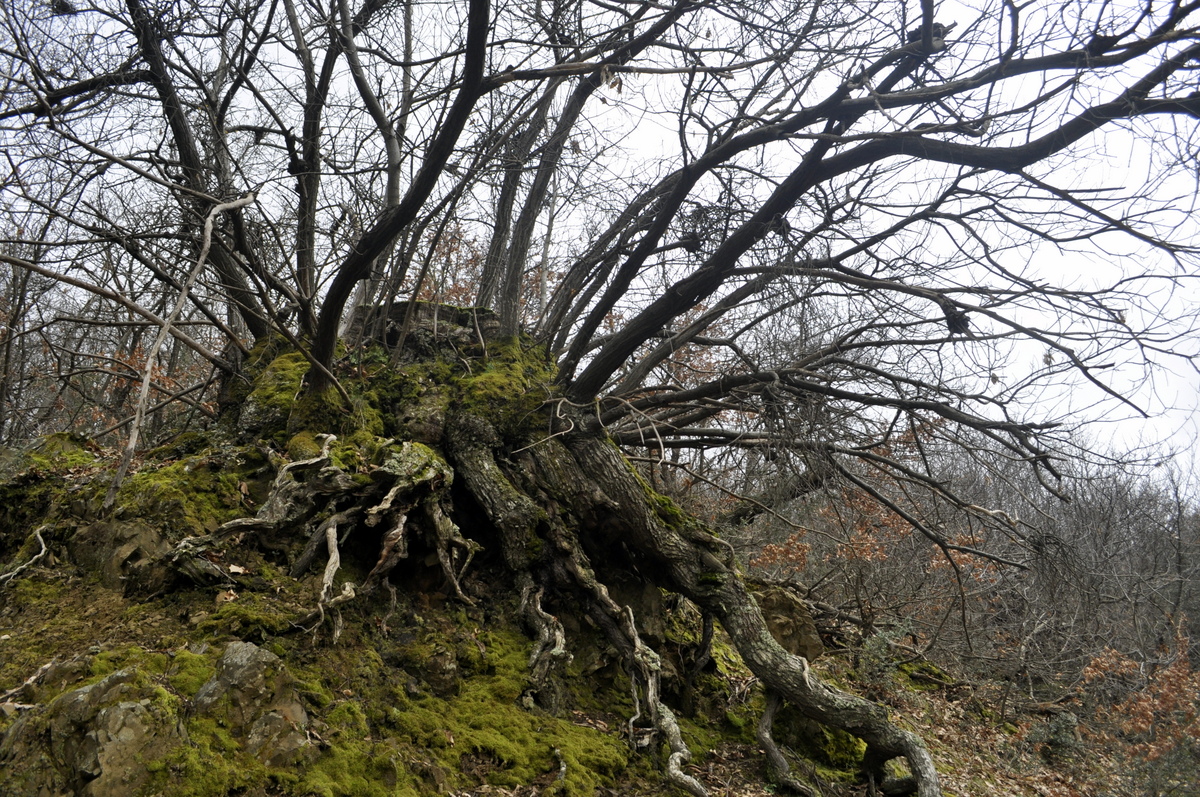Project Description
1. Trail of Healing
Abeliona - Sklirou - Epicurius Apollon
The path links the temple of Epikourios Apollo with the beautiful village of Abeliona.
The God Apollo is the god of light, divination, music, harmony and order in the world. In ancient times he had helped the people of the region overcome diseases and diseases. That is why this temple has been built in his honor. Abeliona on the other hand is a very picturesque village where one can enjoy the peace and tranquility of nature. At the highest point of the village you will find “Abeliona Retreat”. Its purpose is to help the visitor heal themselves and get in touch with their true nature.
Be inspired by this path and find your own style, your own inner harmony and tune in to your own music.

Details
| 7.7 km | 3h 15‘ | 3/5 |
Starting point: Abeliona
Ending poind: Epicurius Apollon
Main sights: Abeliona, Chestnut forest, Apollo Epicurius Temple
Connected to: 3. Trail of Love, 7. Trail of Joy, 8. Trail of Simplicity
Trail description
The route starts from the “Spyros’ Traditional Tavern” in Abeliona’s Square. Leaving behind Abeliona, the trail goes up to a particularly dense chestnut forest, with many perennial chestnut trees. The climb is pleasant, under a dense shade most of the year. When the hiker walks out of the woods, the view is breathtaking. One has a view of the Lycaion and Tetrasi (Nomia) mountains that surrounding the area.
The highest point of the trail is at Stavrouli. There you can choose to visit Filiatros fountain and the chapel of Agios Iakovos (Agianakovos, as locals call it) or Vigla peak (Route 1A).
Continuing towards the village of Sklyrou, the trail crosses a small plateau, between century-old oaks. Sheep and goat bells are heard here and there are countless dry stones, many threshing floors and ruined huts, testifying the efforts of older residents and their efforts to exploit every aspect of the land for cultivation. From Pontika, the route goes downhill to the village of Sklyrou.
Sightseeing spots
Abeliona
Built on the notorious crossroads of three counties, Arcadia, Ilias and Messinia, Abeliona is a traditional mountain village surrounded by chestnut forests and innumerable natural springs. Cobblestone streets and old stone houses, hiding images, sounds and scents from another era, reveal themselves for a moment, before the fresh, mountainous air drifts away. A place that turns simple daily delights, into unique experiences that you want to experience again.
Chestnut forest
The chestnut tree forest of Abelionas is one of the largest and oldest forests in the Peloponnese. The hiker, walks beneath perpetual chestnut trees.
The oldest of them, many centuries old, are awe-inspiring with their huge logs and their persistent vitality. The Chestnut forest, an important element of livelihood of the villagers, is also an important habitat with many rare plant species. Dense in places and elsewhere less, invites visitor to leave the trail to explore the forest. Don’t try it unless you have a local person who knows the track. After the chestnut area, the trail passes through the oak tree area. The centuries-old oaks, the threshing floors, the old fields with the dry stones, the ideal light and the bells ringing from a distant flock of sheep and goat, give the place that calm roughness that characterizes the so-called Arcadian landscape. The place offers the visitor an irresistible charm – the closest to the romantic utopia of Eudaimonia Arcadia.
Apollo Epicurius Temple
It’s the masterpiece of Iktinos. Today it is covered by a tent designed specifically to withstand wind pressure and snow loads. The temple will be covered to protect it from extreme weather conditions as long as the restoration works are ongoing. Made of local limestone, the temple fits in wonderfully with the imposing landscape surrounding it, despite the fact that the tent-covering partially destroys this feeling. The temple was renowned in antiquity for its beauty, for its architectural virtues and also for the magical place in which the Fygals chose to build it. The marble sculptural decoration of the temple, with scenes
Centaurs and Amazonons is considered to be the work of the sculptor Paionius. Today it is on display at the British Museum. Plaster copies of the 23 embossment τ marble slabs can be admired in the Andritsaina Library building.




